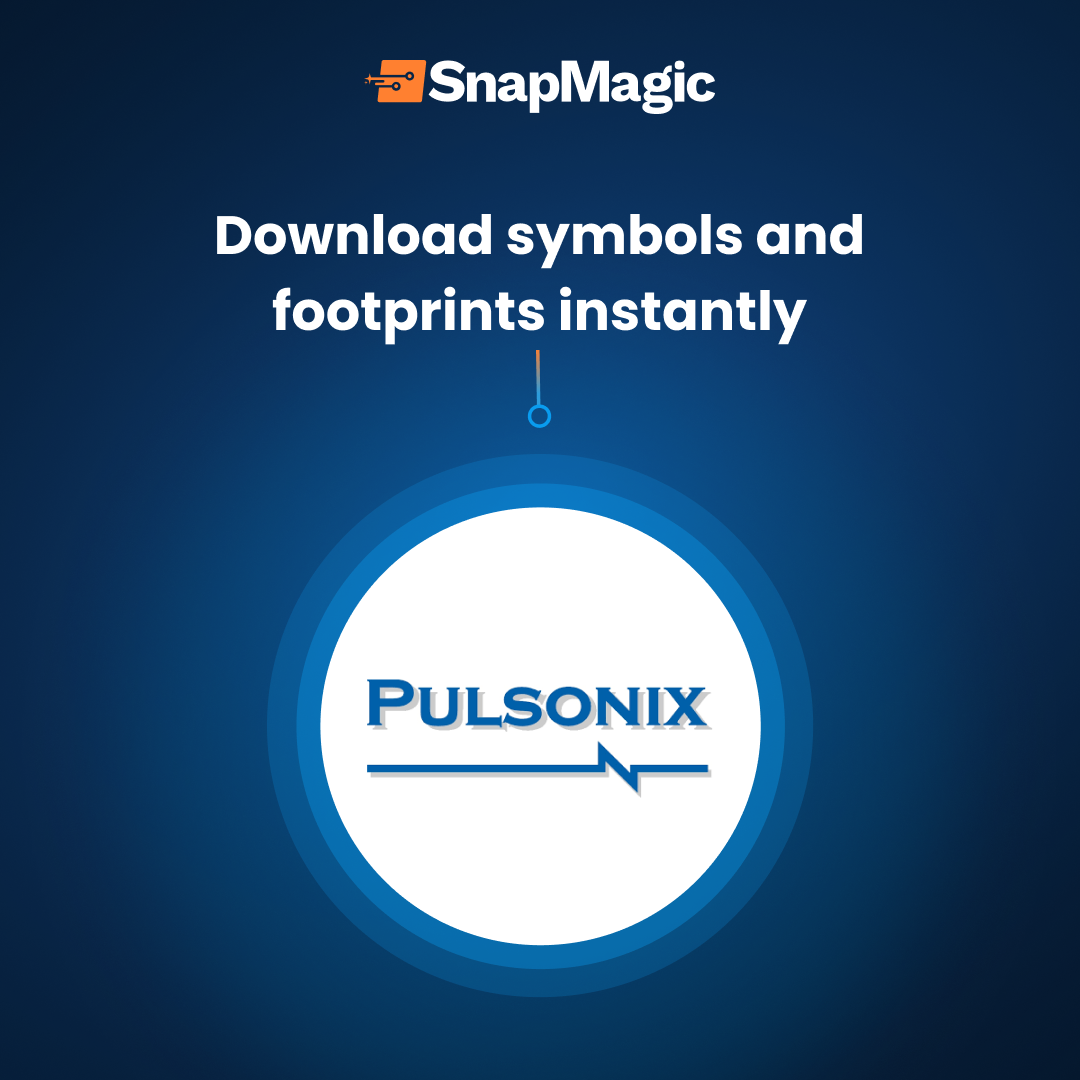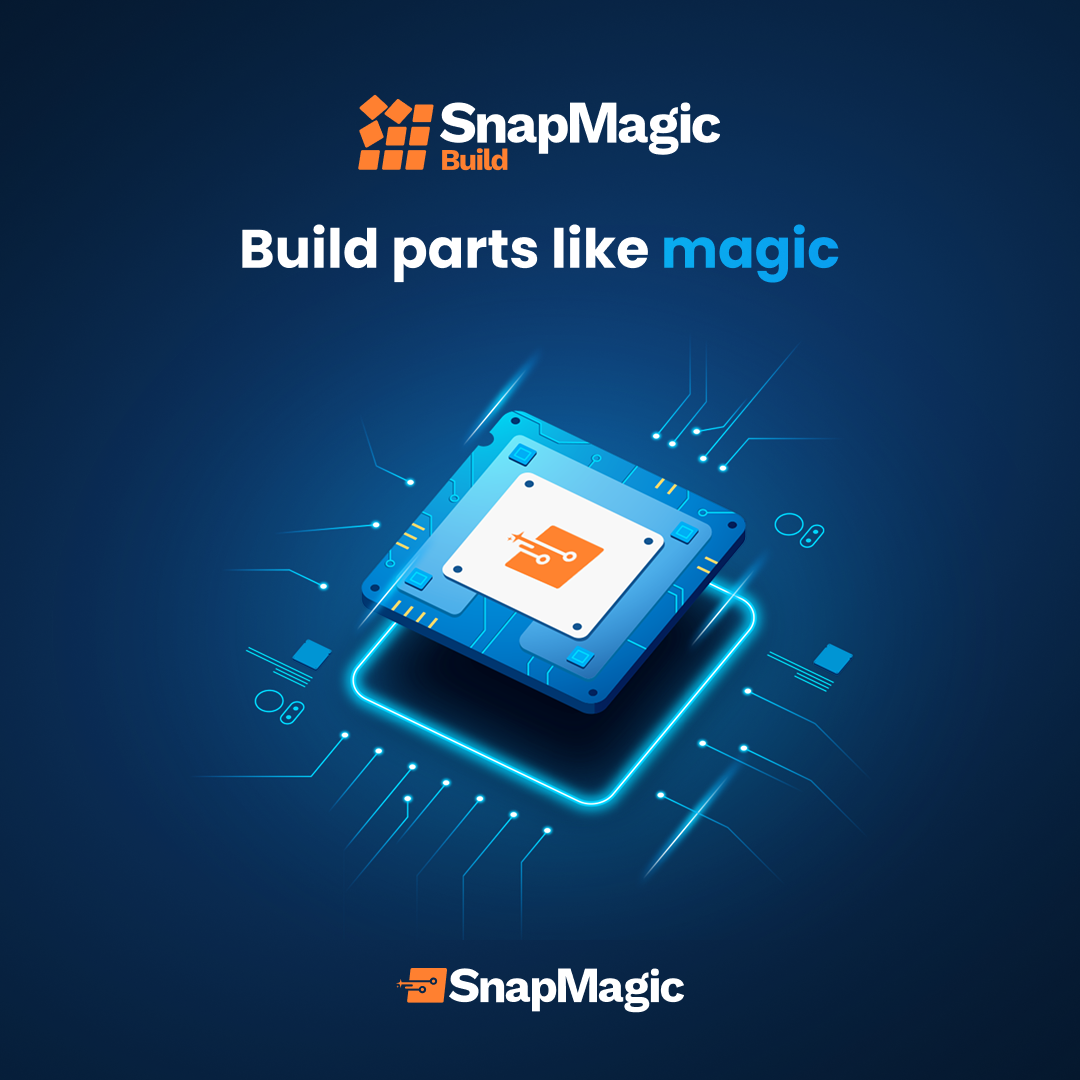Last month, the 100,000th hardware engineer registered on SnapEDA, so I thought it would be fun to reach out to learn more about what they were working on. Little did I know that it would turn out to be so epic! Stefany Allaire is building the Commodore 256, what she believes should have been the successor…
-
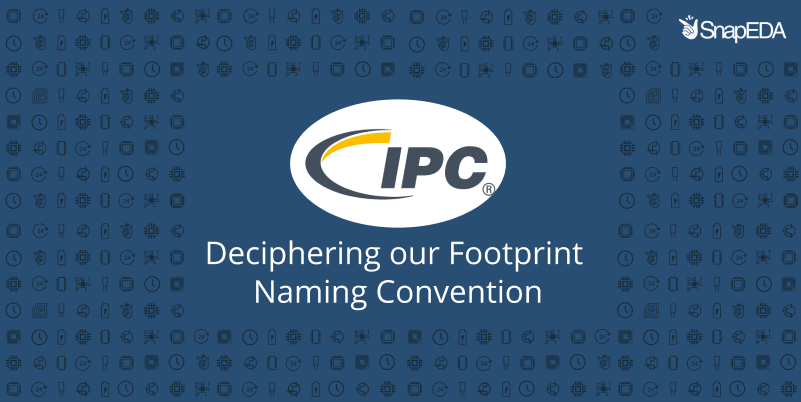
Deciphering Footprint Naming (Part 1)
Read moreSome designers on SnapEDA have mentioned that they would like to better understand the naming convention we use for footprints, so we’ve created this blog post as a handy reference. We build our footprints (also known as land patterns), to the IPC-7351B standard, with some exceptions. As such, we follow the naming convention defined in…
-

We’ve released over 25,000 new TE Connectivity symbols & footprints on SnapEDA!
Read moreToday we’re excited to announce a new collaboration that should put a smile on the face of any designer who has ever made a connector footprint from scratch. We’re launching support for over 25,000 TE Connectivity (TE) products on SnapEDA! Decrypting complex computer-aided design drawings, and translating those into the schematic symbols and printed circuit board…
-

Top 10 pressure sensors
Read moreAs engineers, we know that pressure sensors are used in thousands of everyday engineering applications, across a wide range of industries. For example, they’re used in our coffee makers to control the dispensing of liquid, in medical devices at hospitals, and in heating systems to trigger alarms. They measure the pressure, typically of liquids or gases,…
-
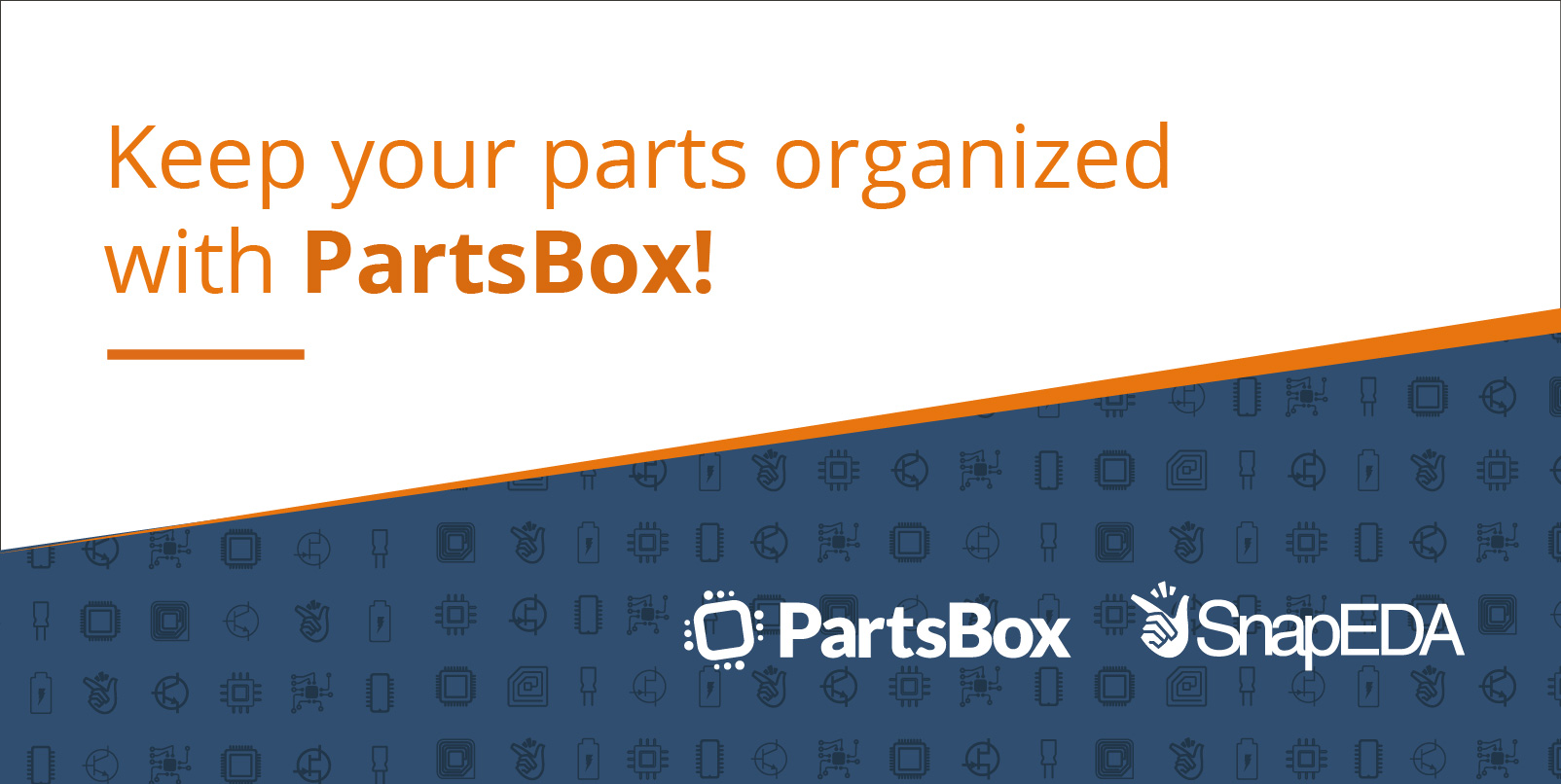
Organize your parts with SnapEDA & PartsBox
Read moreAt SnapEDA we know how important it is to stay organized during the design process, and that’s why we are happy to announce an exciting new colloboration. Starting this week, you’ll now be able to find SnapEDA’s symbols and footprints within PartsBox! PartsBox is an app for managing electronic components. It allows designers to keep…
-

The top 10 crystal oscillators!
Read moreA crystal oscillator is an electronic circuit that generates an electrical signal with a very precise frequency. To achieve this, it uses the mechanical resonance of a vibrating crystal made of piezoelectric material. The first crystal oscillator was invented in the late 1920s by Walter Guyton Cady who was interested in submarine detection with ultrasonic waves.…
-

An Interview with Sam Pullman of Podo Labs
Read moreName: Sam Pullman Company: Podo Labs Inc Role: CTO Location: San Francisco, CA Sam, you’re a EE who co-founded a company. Tell us about Podo Labs. Sam: We design, develop, and market electronic products that are unique or exciting to us. We have a small team that takes pride in our ability to…
-

The top 10 humidity sensors
Read moreAir humidity is an important factor to consider when designing an electronic device. Having too much humidity in the environment can cause condensation and corrosion, which can lead to anomalies in performance or even failures. To prevent this, engineers use humidity sensors. These devices are used in systems deployed in humid environments, such as industrial…
-

Industry Spotlight: Interview with Jon Lass at Royal Circuits
Read moreName: Jon Lass Company: Royal Circuits Role: VP of Engineering Location: Hollister, CA Hi John, Royal Circuits has been around for 30 years. Tell us about your company. Jon: We specialize in quick turn prototype circuit boards. That means we can turn around multi-layer boards within 24 to 48 hours in small quantities. That’s our…
-
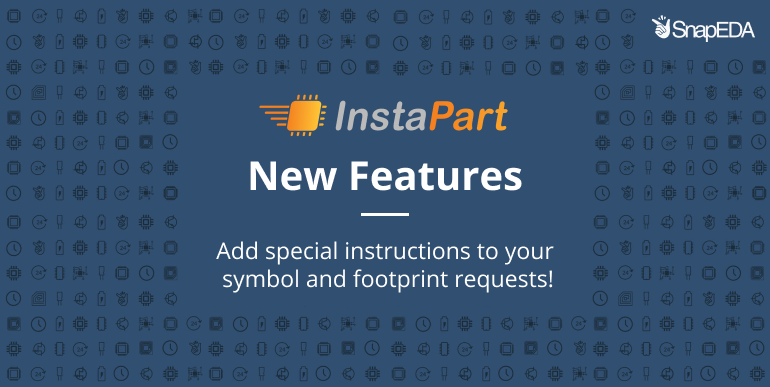
You can now customize your InstaPart requests!
Read moreGreat news for engineers who have custom requirements and preferences for their parts libraries. It is now possible to specify custom instructions when requesting a symbol and footprint on SnapEDA via our InstaPart service! This new feature is helpful when you want to deviate from the standards we use. For example, some engineers want “no…


